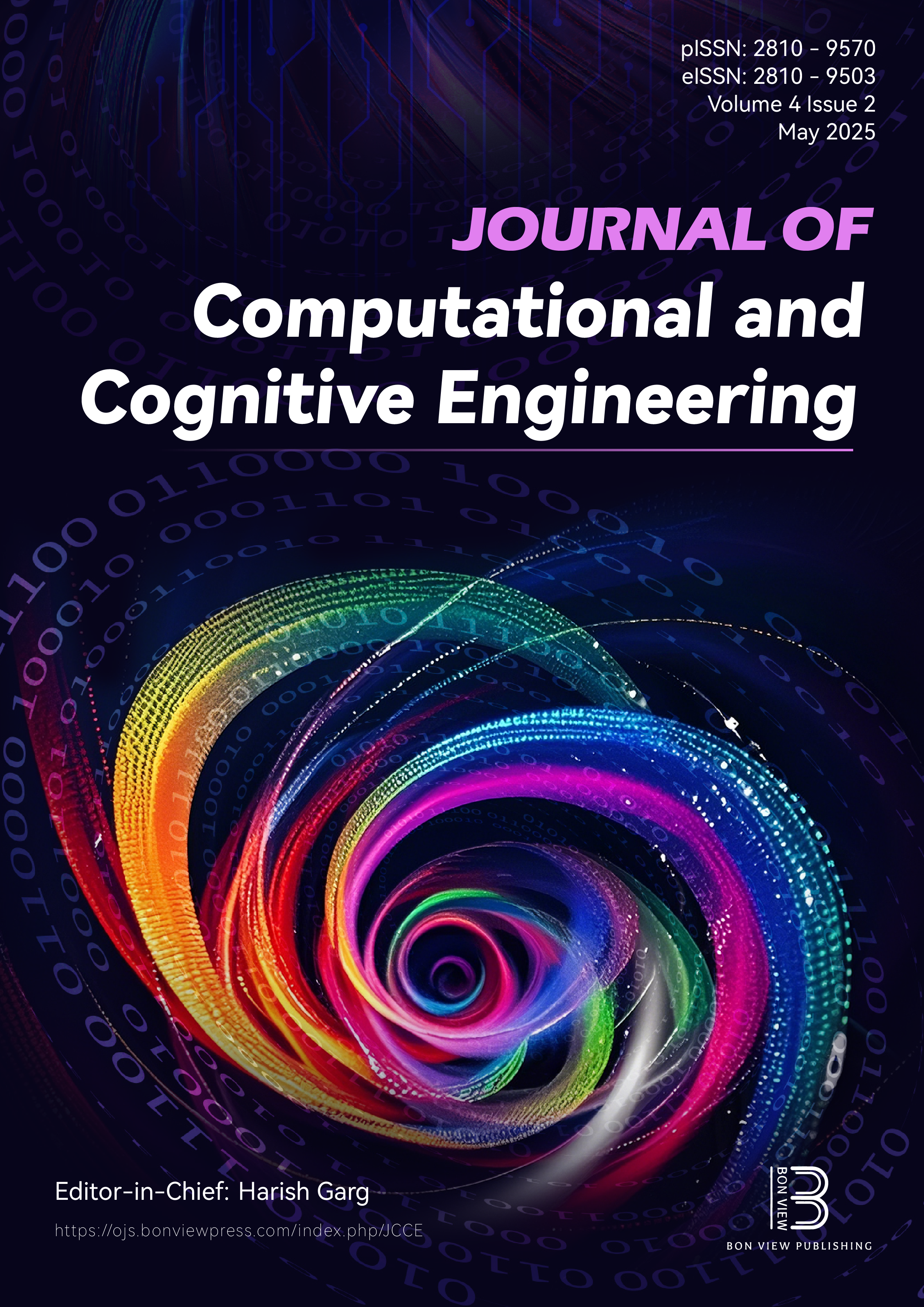Evaluating the Effectiveness of Stealth Protocols and Proxying in Hiding VPN Usage
DOI:
https://doi.org/10.47852/bonviewJCCE42023642Keywords:
stealth protocols, Obfsproxy, Shadowsocks, WireGuard, VPNs, internet service providers, proxying strategiesAbstract
Due to increased inspection of internet traffic and the pervasive surveillance practices put in place by many organizations, virtual private networks (VPNs) are now frequently used to safeguard online privacy and circumvent censorship. However, existing VPN protocols are susceptible to methods of detection and blockage employed by network administrators, internet service providers, and in certain cases, governments. Stealth protocols and proxying techniques have therefore been presented as potential means of hiding VPN activity and avoiding discovery. Therefore, the purpose of this work is to assess how well stealth protocols and proxying work to hide the use of VPNs using a thorough experimental setup (i.e., evaluate how well-known stealth VPN protocols like Obfsproxy, Shadowsocks, and WireGuard perform against different detection techniques like deep packet inspection (DPI)). Furthermore, examine the effects of using proxy servers in conjunction with VPN connections in order to further obfuscate traffic signatures and improve privacy. The results center on how well various stealth protocols and proxying techniques defy detection attempts, offering insightful information to VPN users and developers. Thus, the outcomes help strengthen censorship resistance and online particularity in keeping pace with the development of monitoring technology. Also, analyze the efficiency of Obfsproxy, Shadowsocks, and WireGuard to provide comprehensive comparisons of current capabilities and potential enhancements. Finally, a discussion for future VPN design is conducted, focusing on the importance of adaptability in keeping secure communication channels among increasingly sophisticated surveillance measures.
Received: 18 June 2024 | Revised: 2 August 2024 | Accepted: 20 August 2024
Conflicts of Interest
The authors declare that they have no conflicts of interest to this work.
Data Availability Statement
Data are available on request from the corresponding author upon reasonable request.
Author Contribution Statement
Mohammad Shehab: Conceptualization, Methodology, Validation, Investigation, Resources, Data curation, Writing – original draft, Writing – review & editing, Visualization, Supervision, Project administration. Lial Raja Alzabin: Conceptualization, Methodology, Formal analysis, Resources, Writing – review & editing, Visualization.
Metrics
Downloads
Published
Issue
Section
License
Copyright (c) 2024 Authors

This work is licensed under a Creative Commons Attribution 4.0 International License.






